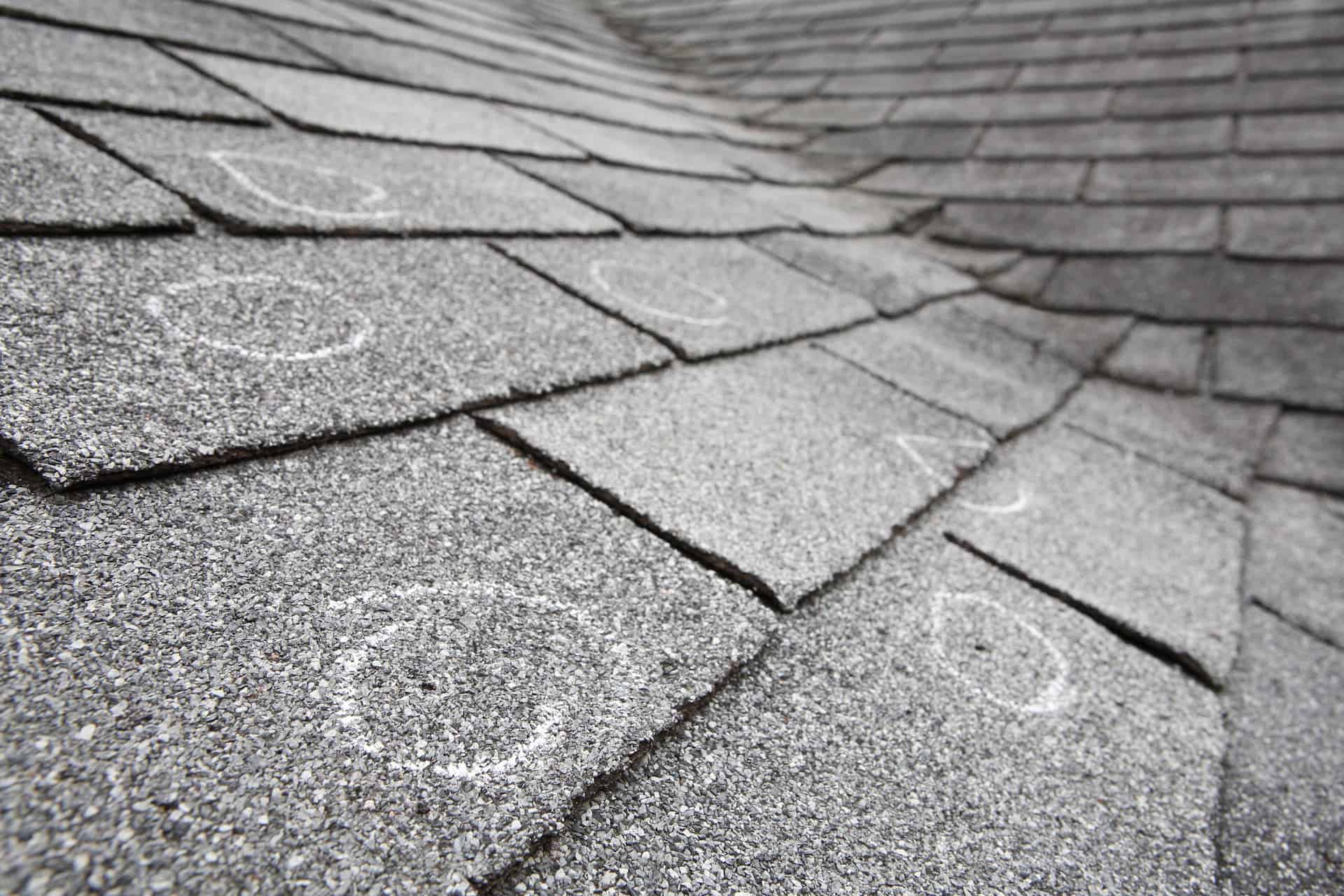When it comes to storm leads, many contractors focus on...
How to Spot the Signs of Hail Damage on a Roof
Hailstorms can wreak havoc on roofs, causing significant damage that may go unnoticed without careful inspection. As a homeowner or contractor, being able to identify signs of hail damage is crucial for timely repairs and insurance claims. In this blog post, we will provide you with valuable insights on how to spot the signs of hail damage on a roof. By understanding what to look for, you can take the necessary steps to address the damage promptly and ensure the long-term integrity of the roof.
- Assess the Roofing Material: Different roofing materials can exhibit varying signs of hail damage. For asphalt shingles, look for dark spots, loss of granules, or dents. Wooden shingles may show cracks or splits, while metal roofs can display dents or dimples. Understanding the characteristics of your specific roofing material will help you identify signs of hail damage accurately.
- Check for Bruising or Soft Spots: Hail impacts can result in bruising or soft spots on the roof surface. Run your hands gently across the roof, feeling for any areas that are soft or spongy. These spots indicate compromised shingles or underlying layers and should be inspected further.
- Inspect Gutters and Downspouts: Examine the gutters and downspouts for any signs of granule accumulation. Hail damage can cause the protective granules on shingles to dislodge and collect in the gutters. Excessive granule loss may indicate hail damage and potential roofing issues.
- Look for Cracks or Tears: Hail can create cracks or tears in roofing materials. Inspect the shingles or other roofing components for visible cracks, splits, or tears. Pay close attention to the edges and corners, as these areas are more susceptible to damage.
- Check for Missing or Damaged Shingles: High-impact hail can dislodge or break shingles, leaving gaps or areas of exposed roof structure. Look for missing shingles or ones that are visibly damaged, such as those with curled edges, torn sections, or loose attachments. These signs indicate hail damage and the need for repairs.
- Examine Flashings and Vents: Hail can also affect the flashings and vents on the roof. Inspect these areas for dents, dimples, or bent sections. Damaged flashings and vents can compromise the roof's waterproofing capabilities and lead to leaks if not addressed promptly.
- Consider the Age of the Roof: The age of the roof can impact its susceptibility to hail damage. Older roofs are generally more vulnerable due to years of exposure to the elements. Even if the damage may not be immediately apparent, it is advisable to have an inspection conducted by a professional roofing contractor.
Being able to spot the signs of hail damage on a roof is essential for homeowners and contractors alike. By carefully examining the roofing material, checking for bruising or soft spots, inspecting gutters and downspouts, looking for cracks or tears, checking for missing or damaged shingles, examining flashings and vents, and considering the age of the roof, you can identify hail damage and take appropriate action. Remember, if you suspect hail damage, it is advisable to consult with a professional roofing contractor who can conduct a thorough inspection and guide you through the necessary repairs or insurance claims process. Prompt attention to hail damage ensures the long-term durability and functionality of your roof.











